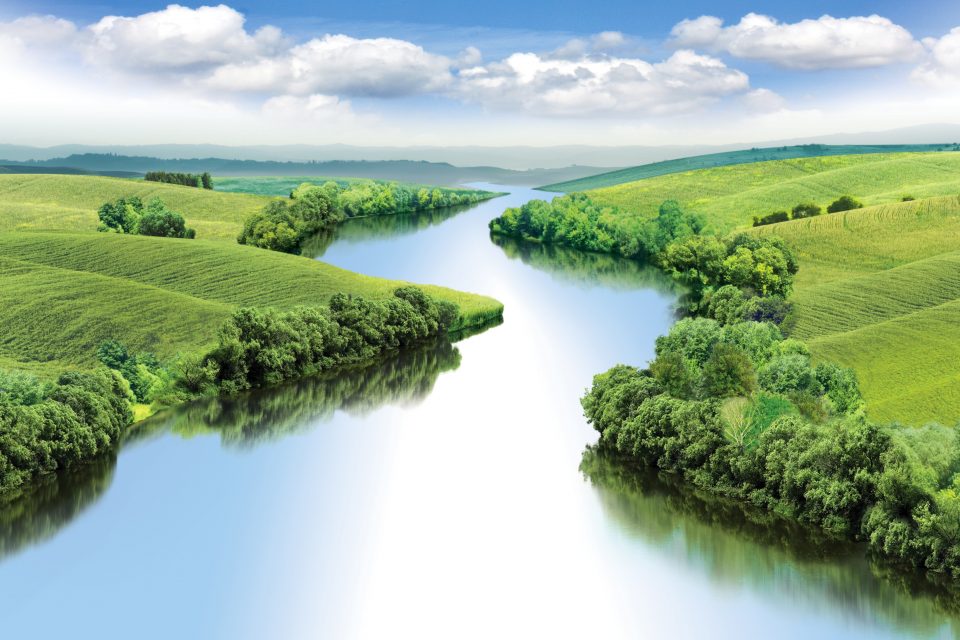Estuaries: Exploring Biodiversity and Ecological Significance

Photo Credit : Yaro75/iStock
Estuaries, where freshwater rivers meet the salty sea, are fascinating and vital ecosystems. These dynamic zones serve as a bridge between land and ocean, harboring a rich diversity of life. Let’s explore into the unique characteristics of estuaries and their crucial role in both marine and human environments.
- What Are Estuaries?
Estuaries are bodies of water found along coastlines where rivers flow into the sea. Their waters are brackish—a mix of freshwater from land runoff and salty seawater. This unique blend creates a dynamic environment that supports a wide range of species.
- Biodiversity Hotspots
Estuaries are biodiversity hotspots. Here’s why:
-
- Habitats for Wildlife : Estuaries provide essential habitats for birds, fish, insects, and other wildlife. Many species rely on estuaries for feeding, nesting, and reproduction. For example, migratory bird species find crucial stopovers in estuaries during their journeys.
- Nursery Grounds : Estuaries serve as nurseries for various fish and crustacean species. Juvenile fish find shelter and abundant food here, contributing to healthy populations of commercially important species.
- Ecological Functions : Estuaries play a vital role in nutrient cycling, sediment trapping, and water purification. They filter pollutants and excess nutrients, benefiting both marine ecosystems and nearby communities.
-
- Economic Importance
Estuaries are economic powerhouses:
-
- Commercial Fishing : Indonesia, as a maritime nation, boasts the largest sea area and approximately seventeen thousand islands scattered across its archipelago. The fishing sector, both biological and non-biological, holds immense economic potential. Notably, commercial fishing in river estuaries plays a significant role.
- Recreational Opportunities : Millions of people visit estuaries for boating, fishing, swimming, and birdwatching. Coastal tourism generates significant revenue, emphasizing the link between a healthy environment and economic prosperity.
- Transportation and Commerce : Estuaries facilitate transportation and international commerce. Products shipped through estuaries play a role in our daily lives, from household goods to industrial supplies.
-
- Ecological Resilience
Estuaries offer resilience against ocean waves, winds, and storms. Their unique features—such as reefs, barrier islands, and tidal patterns—protect coastal communities. No two estuaries are identical, reflecting their adaptability to local conditions.
In summary, estuaries are more than meeting points of freshwater and saltwater; they are vibrant ecosystems supporting life, livelihoods, and environmental balance. Let’s appreciate and protect these invaluable coastal treasures.

